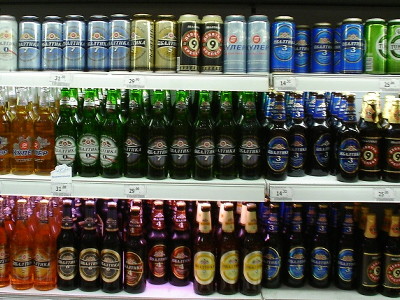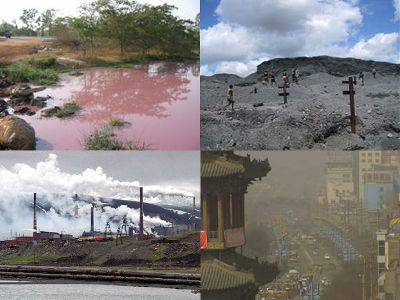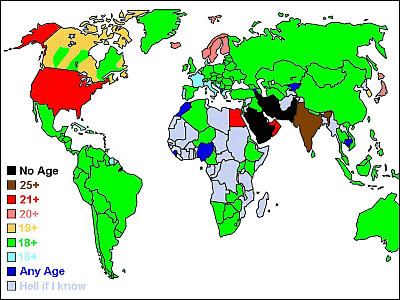What is the history of the 'alcohol problem' in Russia?

There is a stereotype that 'Russians drink only vodka and have a lot of alcoholism.'
Russia's Alcohol Problem-YouTube
Russia has various political problems such as the Crimea issue and the conflict with the Chechen Republic, and is a country whose population has continued to decline since 1993. Russia thus has many problems, the most important of which is 'alcoholism'.
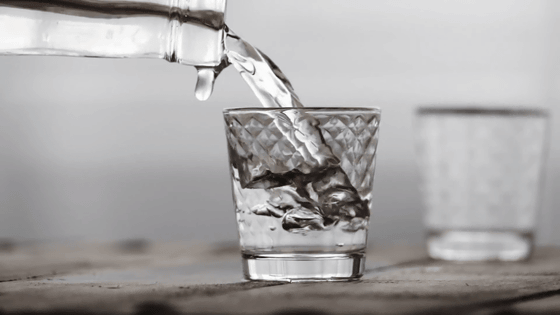
There are a lot of episodes about Russian alcohol. According to one theory,
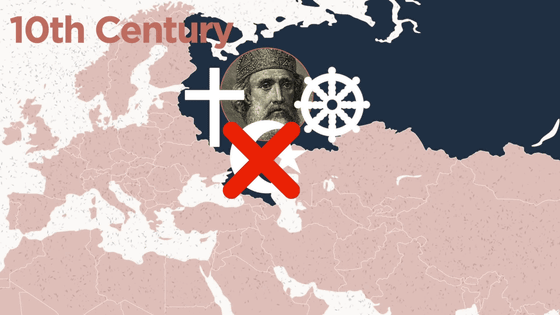
It's unclear how much the legendary influence is, but the most popular one in Russia is alcohol. However, alcohol has created various problems because of its popularity.
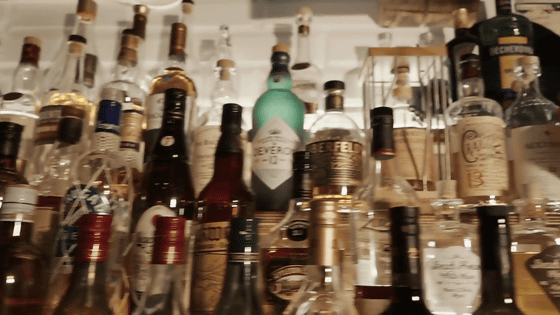
According to a 2010 survey conducted by the World Health Organization (WHO), Russia ranks fourth in terms of 'countries that consume the most alcohol per unit population.' Furthermore, 9 of the top 10 countries (Belarus, Moldova, Lithuania, Russia, Romania, Ukraine, Hungary, Czech Republic, Slovakia) belong to
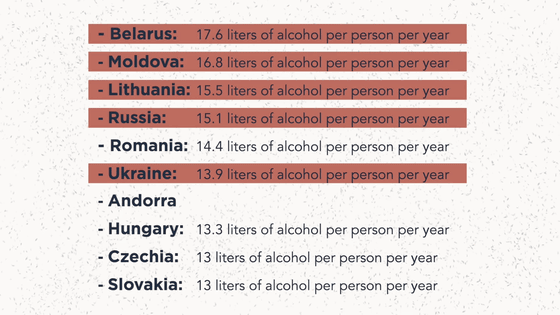
Among the top alcohol consumers, Russia has the worst alcohol problem because of its population. Russia has a population of about 145 million, which is considerably larger than the top 10 countries other than Russia that consume alcohol. Due to the large population, there are many alcoholics.
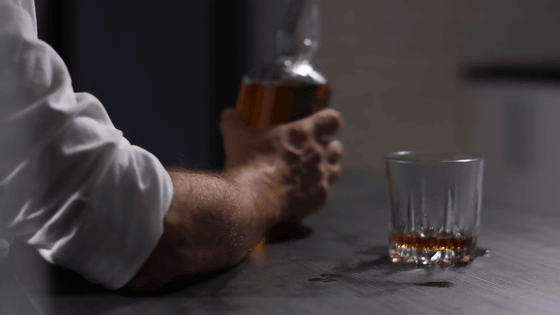
The average alcohol intake in Russia is 15 liters per year. However, even if you say 'average', alcohol intake differs between men and women. Russian men consume much more alcohol than Russian women, with an annual intake of 26 liters. Then, 51% Out of 26 liters

That translates into a Russian man drinking 23 glasses of spirits each month in a shot glass. In addition to this amount of spirits, Russian men are also drinking 4 liters of beer and wine every month.

This amount of drinking is just the 'average' of Russian men. That is, there are many men in Russia who consume much more alcohol than this amount.

It is easy to see how abnormal the amount of alcohol consumed by Russian men is compared to other countries. American men average 9 liters of alcohol a year. Japanese men only consume 7 liters of alcohol per year. In other words, Russian men consume about three times more alcohol than American men and about four times more than Japanese men.

Naturally, the damage caused by alcohol in Russia is also severe. Almost 30% of deaths in Russia were directly related to alcohol.

The average life expectancy of a Russian man is only 65 years. This number was comparable to Afghanistan, where

The average life expectancy of a boy born in Russia in 2006 is 17 years shorter than a boy born in Western Europe.

It is believed that the cause of alcohol infestation in Russia so far is the 'economy.' After the collapse of the Soviet Union, the countries that belonged to the Soviet Union lost 40% of GDP, and the Russian currency Ruble crashed.

Prices are also one of the reasons for the increased consumption of alcohol. In December 1990, we were able to buy 10 vodkas with an average monthly salary in Russia. However, four years later, in December 1994, it was possible to purchase 47 vodkas, which were almost five times the average monthly income.

As mentioned above, the Russian alcohol problem has been serious for many years. To overcome this problem, the Russian government implemented an 'anti-alcoholic policy' in 2010. The anti-alcoholic policy not only prohibited the sale of alcohol after 23:00, but also doubled the minimum vodka price and banned alcohol advertising.
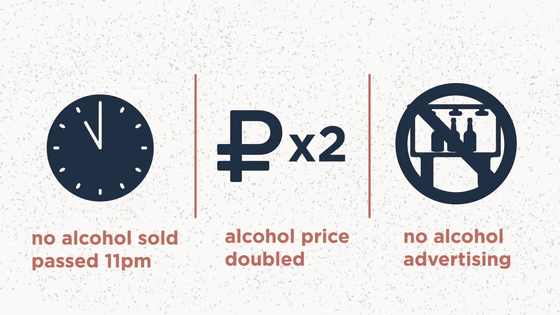
However, due to the fact that the minimum price of vodka has been doubled, 'moonshine' has become popular in Russia. In 2016, approximately 20% of the alcohol consumed domestically became vodka.

In December 2016, in Irkutsk city, Siberia, it was discovered that 76 residents who had taken a bath salt containing methanol, which had been sold as a vodka, had died. The Russian authorities have embarked on further regulation and banned the sale of 'non-beverages' containing more than 25% alcohol.

Despite the tragedy mentioned above, the alcohol problem in Russia has been improving since 2010. At the time of writing the article, Russia consumes 14th place in the world.
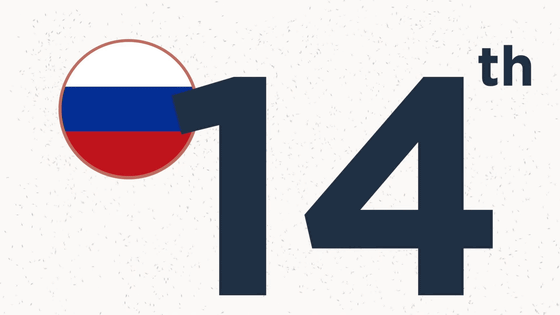
Alcohol consumption has fallen to one-third of what it was in 2003, according to official Russian government announcements.
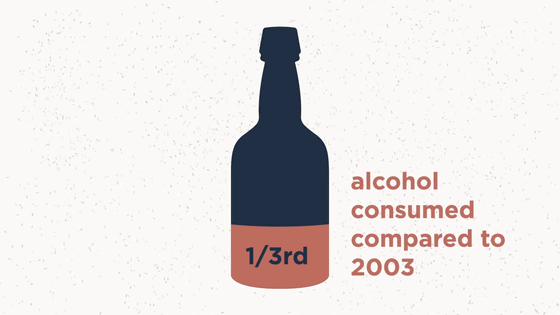
Alcohol consumption in Russia is now close to that in Germany and France, and life expectancy is also increasing.

Related Posts:
